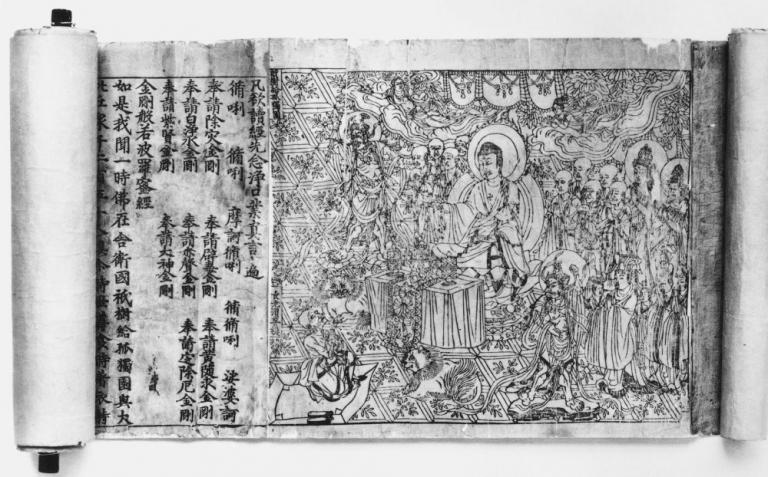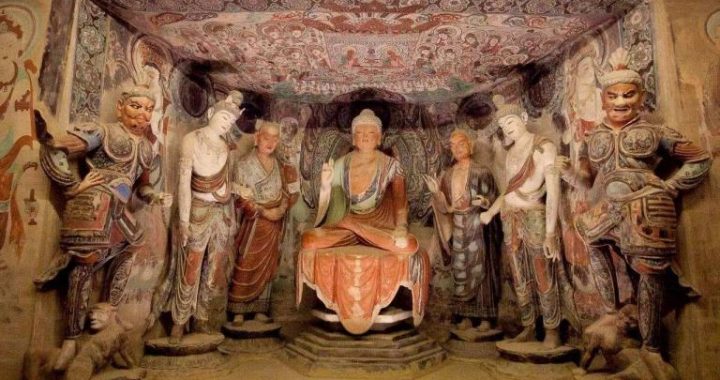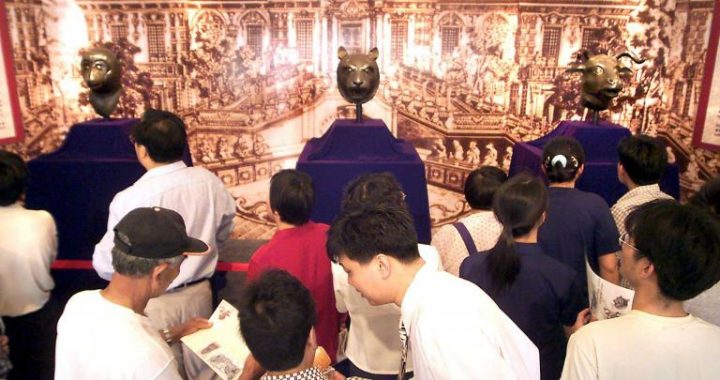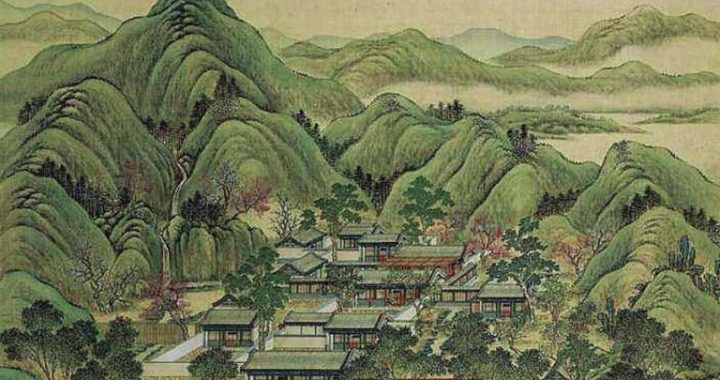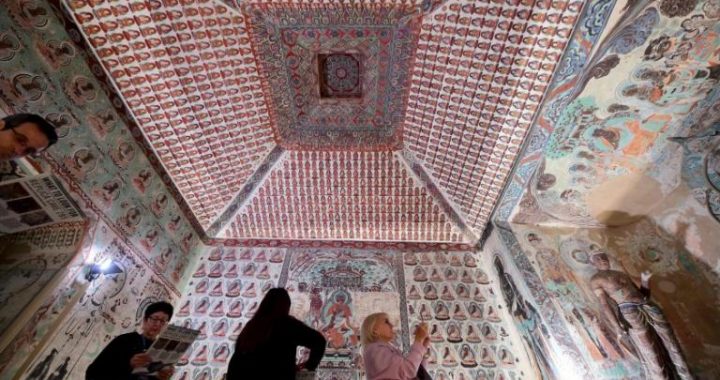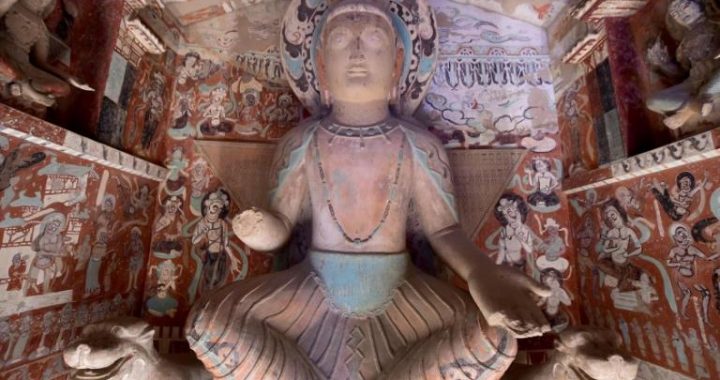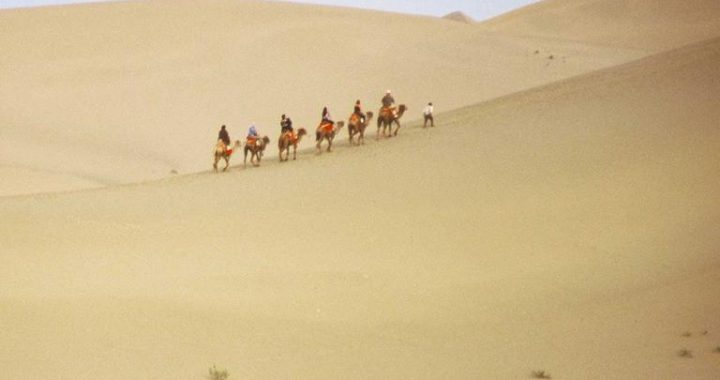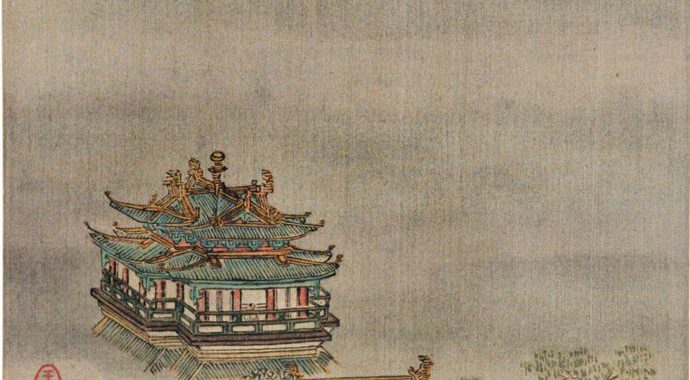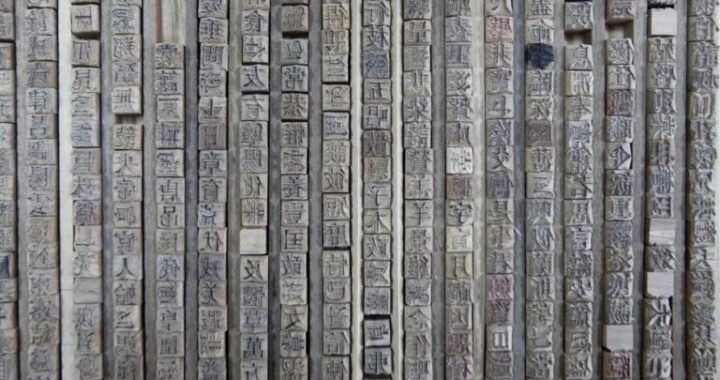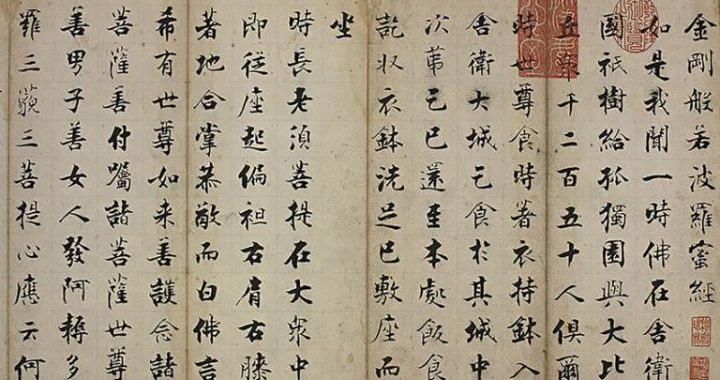The Earliest Print of Diamond Sutra and Various
4 min readThe Earliest Print of Diamond Sutra and Various Manuscripts of Religious Books The earliest printed copy of Buddhist sutra among the Dunhuang manuscripts isVajracchedika-pra jna-paramita-sutra, or Diamond Sutra, made in the 9th year of Xiantong of the Tang (868), plundered by Aurel Stein, and collected in the British Museum in London. It is a complete version, consisting of 7 sheets of the same size (76.3x 30.5 cm) pasted together with a length of 534 cm. At the head is a diptychof Sakyamuni’s sermon, and at the end is a line of notes:”Copied respectfully by Wang Jie for his parents on the 15th day of the 4th lunar month in the 9th year of Xiantong.”This world-known Buddhist scripture is a genuine print in kind with dating and it is the earliest, too; therefore, it is reputed as “the crown of world printing history and engraving.”
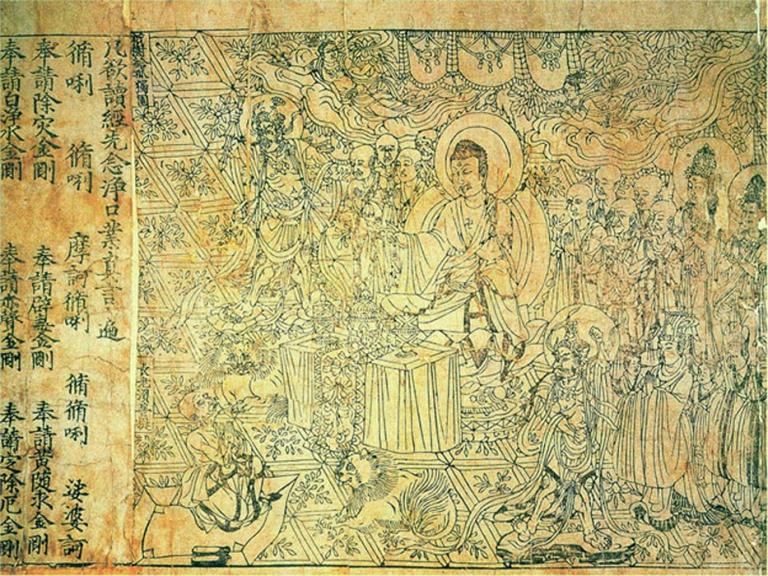
The Buddhist manuscripts unearthed from the Library Cave are quite numerous and jumbled, containing scriptures of almost all sects of Buddhism,e.g. Mahapra jna paramita-sa of the Sect of Celestial Platform, Vijnaptimatratasiddhi-sa of the Mind Only Sect, and Yogacara-bhumi-sastra of the Yogachara Sect… Apart from that, the Buddhist tripitaka of sutra, vinaya and sastra are all available. Sutra refers to works narrated in the tone of Sakyamuni the Buddha; vinaya, or commandments, are prescriptions and interpretations of life and behavior of Buddhists; and sastra is theoretical explanation of sutras. Sutras are also divided into inner canons, or canons belonging to themselves, and outer canons, the books of other, or secular and heterogeneous canons.
The Buddhist classics in Dunhuang are not merely complete.A valuable characteristic is that a lot of scriptures contain inscriptions or postscripts.
These notes, ranging from a few words to several hundred and found at the end of asutra, were written by copyists themselves or upon the request of their employers.
The contents of these inscriptions vary: for official copies these notes include date, copyist, the quantity of paper used, person who did mounting, names of those who did the first, second, and third proofreading, careful reading, and inspectors.
An example is found in “Vimalakirti-nirdesha-sutra Copied in Guanzhong Area” (Sheng 24 and Run 96 collected in National Library of China):”Up to this dynasty, it is the ninth generation. There are 6 translations of this sutra:1) Emperor Ling of Liu of Later Han trusted Yan Fodiao of Linhuai to translate two copies of Vimalakirti-sutra;2) Under the reign of Emperor Sun of Wu State, layman Zhi Qian (or Upasaka Lokakslema) of Yuezhi translated three volumes of Vimalakirti-nirdesha-acyntia-dharmaparyaya-sutra at Wukang;3) in the reign of the Western Jin Emperor Wu of Sima, monk Dharmaraksa,a native of the Western Regions who read 36 languages, translated one volume of Vimalakirti-nirdesha-dharmaparyaya-sutra at Luoyang;4) in the reign of the Eastern Jin Emperor Hui monk Zhu Shulan translated three volumes of Vimalakirti-sutra at Luoyang in the 6th year of Yuankang;5) in the 8th year of Hongshi of the Later Qin under Yao Xing, Tripitaka Sramana Kumarajiva translated three volumes of Vimalakirti-nirdesha-sutra at the Great Temple of Chang’ an, namely the current version;6) in the Tang dynasty, Tripitaka Sramana Xuanzang translated six volumes of Undefiled Description Sutra in the 2lst year of Zhenguan.”
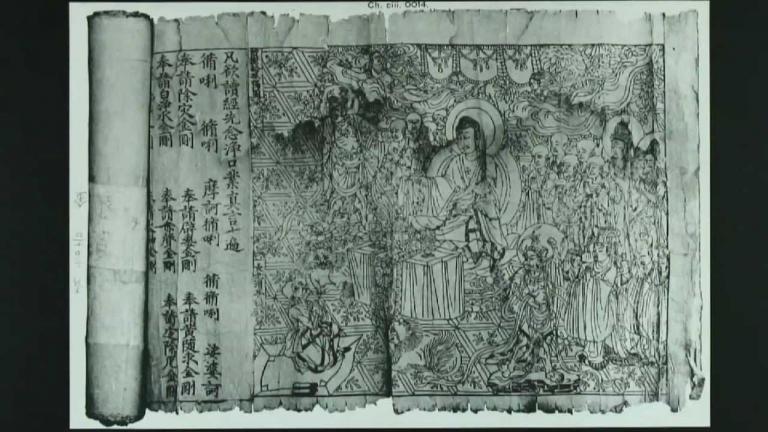
This is a detailed introduction to the translation of Vimalakirti-nirdesa-sutra and therefore it is of great meaning to the research of translation history of the Buddhist scriptures. Similar notes are numerous, and their rich contents are of important value to the study of the motivation of copying, circulation of translated versions, popular sutras in different periods, popular belief in Buddhism and contemporary social background.
A number of over 800 Dunhuang manuscripts have been found to be Taoist books and copies of certain documents, among which 170 species and over 230 volumes have been determined or given their titles, of which more than 80 species are not collected in Zhengtong Edition of Taoist Patrology.A number of 18 species and over 30 volumes may be used to fill the vacancy of the Taoist Patrology, while more than half of these documents are not found in the collection handed down to us.20 species are mentioned in Dao Zang Que Jing Lu(Cataloque of Lost Canons in Taoist Patrology) to be collected in the Tang Taoist Patrology but burned in the Yuan dynasty.
Therefore, this collection is of extremely important value to the historical research of Taoism in the Southern and Northern Dynasties, Sui, and Tang. Laozi Dao De Jing (Lao Zi’s Canon of the Way and Its Virtue) is one of the fundamental classics of Taoism passed down to us. It can be proofread with the help of the many copies found in the Dunhuang manuscripts. In these manuscripts are also found over 10 fragmentary copies of Laozi Hua Hu Jing (Canon on the Conversion of the Barbarians by Lao Zi), which has provided important data for the research of the relations of Buddhism and In addition, scriptures of Nestorianism, Manicheism, and Zoroastrianism were also discovered in the Dunhuang manuscripts. This has provided very importantmaterials of reference for the research on these religious schools and their propagation in China.
